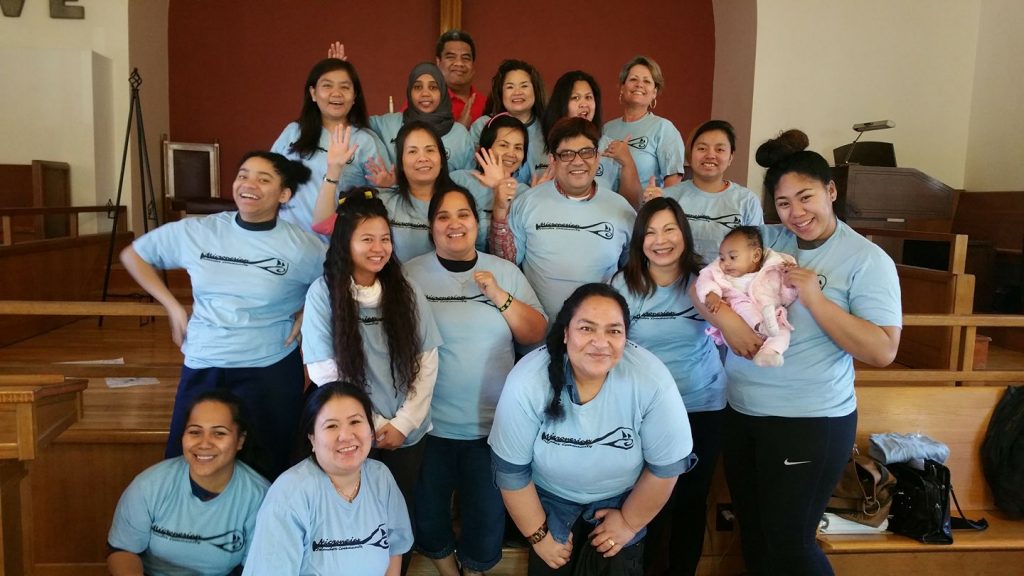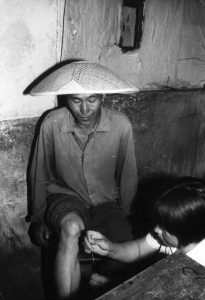

According to the American Public Health Association’s Community Health Worker Section, a community health worker is “The CHW Section has adopted the following definition of a community health worker: “[. . .] a frontline public health worker who is a trusted member of and/or has an unusually close understanding of the community served. This trusting relationship enables the worker to serve as a liaison/link/intermediary between health/social services and the community to facilitate access to services and improve the quality and cultural competence of service delivery.”
CHWs – front-line workers. Advocates. Community Liaisons. Trusted members.
Individuals who are both respected members of their community as well as advocates who push back against structural and institutional barriers that prevent their communities from accessing much-needed care and services.

The term, community health worker (CHW) existed years before. CHWs were called “barefoot doctors”. Barefoot doctors were community members trained to do basic medical services and were first utilized in the Chiangchen People’s Commune on the outskirts of Shanghai (Wen, 1975).
Medical doctors had difficulty attending to rural community members and found it beneficial to train local residents. The now trained residents would go door to door, often barefoot, to check on neighbors. The term, ‘barefoot doctor’ was then born, the first creation of today’s modern CHW.

Today, CHWs are present and in high demand in all sectors of healthcare. Prior to the COVID-19 pandemic, CHWs were already working in doctors’ offices, hospitals, and other health systems, with the majority working in community-based organizations. More recently, CHWs were trained and hired to work on COVID-19 outreach and education prevention efforts when state and local public health officials realized that they could not effectively reach out to hard-to-reach communities on their own. This meant working with community leaders and organizations who had a connection to the community.
The need to work with CHWs was further highlighted in a memorandum released by the Department of Homeland Security’s Cybersecurity and Infrastructure Security Agency, that identified CHWs as a critical infrastructure worker during the COVID-19 pandemic (Smith & Wennerstrom, 2020) CHW is a high in-demand profession and one that must be integrated within public health and healthcare infrastructure. Doing so will reduce health disparities and the social determinants of health that prevent the community from accessing much-needed services to thrive.
To be a CHW is more than to attend training to become one. It takes heart, it takes energy, and it takes commitment. Not everyone is meant to be a CHW, and for those who are a CHW, they deserve much love and respect for the amount of work and effort that they must put in to be successful. To learn more about CHWs, visit the National Community Health Worker Association.
More from Jackie Leung here.
Wen C. (1975). Barefoot doctors in China. Nurs Dig. 3(1):26-28.
Smith, D.O. & Wennerstrom, A. (2020, May 6). To Strengthen the Public Health Response to COVID-19, We Need Community Health Workers. Health Affairs. https://www.healthaffairs.org/do/10.1377/hblog20200504.336184/full/
HPHR.org was designed by ComputerAlly.com.
Visit HPHR’s publisher, the Boston Congress of Public Health (BCPH).
Email communications@bcph.org for more information.

Click below to make a tax-deductible donation supporting the educational initiatives of the Boston Congress of Public Health, publisher of HPHR Journal.![]()